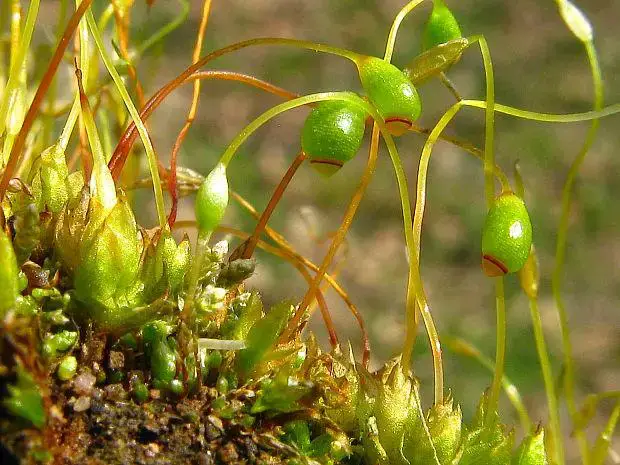
_379352.jpg from: https://www.nahuby.sk/obrazok_detail.php?obrazok_id=379352
Introduction
In the vast and captivating world of bryophytes, one unassuming yet remarkable moss species stands out – the Funaria obtusa (Hedw.) Lindb., commonly known as Funaria. This resilient and widespread moss belongs to the Funariaceae family and has captured the hearts of enthusiasts worldwide with its unique characteristics and ecological significance.
Background
Before delving into the intricacies of Funaria obtusa, it’s essential to understand the broader context of bryophytes. These non-vascular plants, which include mosses, liverworts, and hornworts, are often overlooked but play a crucial role in various ecosystems. They are among the oldest land plants, dating back to the Paleozoic era, and have adapted to thrive in diverse environments.
Main Content
Morphology and Identification
Funaria obtusa is a small, acrocarpous moss that forms dense tufts or cushions. Its leaves are oblong-lanceolate, with a distinctive twisted appearance when dry. The capsules, which are borne on a reddish-brown seta (stalk), are curved and asymmetrical, giving the moss a unique and easily recognizable silhouette.
One of the most remarkable features of Funaria obtusa is its ability to produce gemmae – small, specialized reproductive structures that allow the moss to propagate vegetatively. These gemmae are found in clusters at the tips of the leaves and can develop into new plants, contributing to the moss’s widespread distribution.
Global Distribution and Habitat
Funaria obtusa is a cosmopolitan species, meaning it can be found on almost every continent, except Antarctica. This moss thrives in a wide range of habitats, from disturbed areas and urban environments to forests and grasslands. Its ability to colonize bare soil and thrive in nutrient-rich conditions makes it a pioneer species, often among the first to establish itself after disturbances.
Ecological Roles and Adaptations
Despite its small size, Funaria obtusa plays a vital role in various ecosystems. As a pioneer species, it helps stabilize soil and create favorable conditions for other plants to establish themselves. Additionally, it serves as a habitat and food source for numerous invertebrates, contributing to the overall biodiversity of an area.
One of the key adaptations that allow Funaria obtusa to thrive is its ability to tolerate desiccation. During dry periods, the moss can enter a state of dormancy, only to revive and resume growth when moisture becomes available again. This remarkable resilience has enabled the moss to colonize even the harshest environments.
Case Studies/Examples
Funaria obtusa has been the subject of numerous scientific studies, highlighting its ecological importance and unique characteristics. For instance, researchers have investigated the moss’s ability to accumulate heavy metals, making it a potential biomonitor for environmental pollution.
In urban areas, Funaria obtusa has been observed growing on concrete surfaces, demonstrating its adaptability to human-made environments. This has led to its use in green roof and living wall projects, where it contributes to improved air quality and insulation.
Technical Table
| Characteristic | Description |
|---|---|
| Phylum | Bryophyta |
| Class | Bryopsida |
| Order | Funariales |
| Family | Funariaceae |
| Genus | Funaria |
| Species | Funaria obtusa (Hedw.) Lindb. |
| Common Name | Funaria, Curved Cord Moss |
| Leaf Shape | Oblong-lanceolate, twisted when dry |
| Capsule Shape | Curved, asymmetrical |
| Reproduction | Gemmae, spores |
| Habitat | Disturbed areas, urban environments, forests, grasslands |
| Distribution | Cosmopolitan (found on most continents) |
Conclusion
Funaria obtusa, the unassuming yet remarkable moss, has captured the hearts of enthusiasts and scientists alike. Its resilience, adaptability, and ecological significance make it a true marvel of the bryophyte world. As we continue to explore and appreciate the diversity of life on our planet, this humble moss serves as a reminder of the intricate web of interconnectedness that sustains our ecosystems. Perhaps the next time you encounter a patch of Funaria obtusa, you’ll pause and reflect on the incredible journey this tiny plant has undertaken, spanning millions of years and countless habitats.